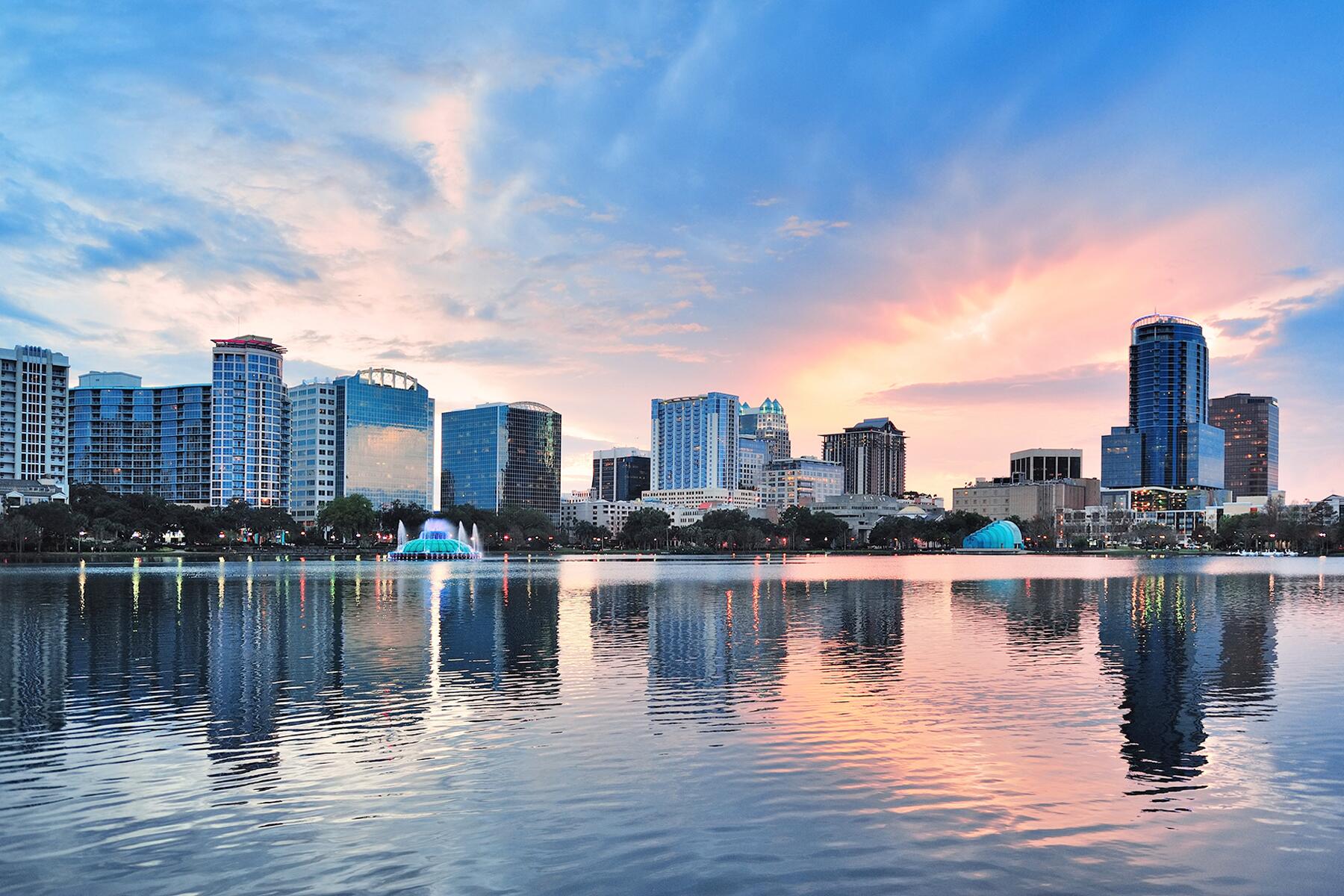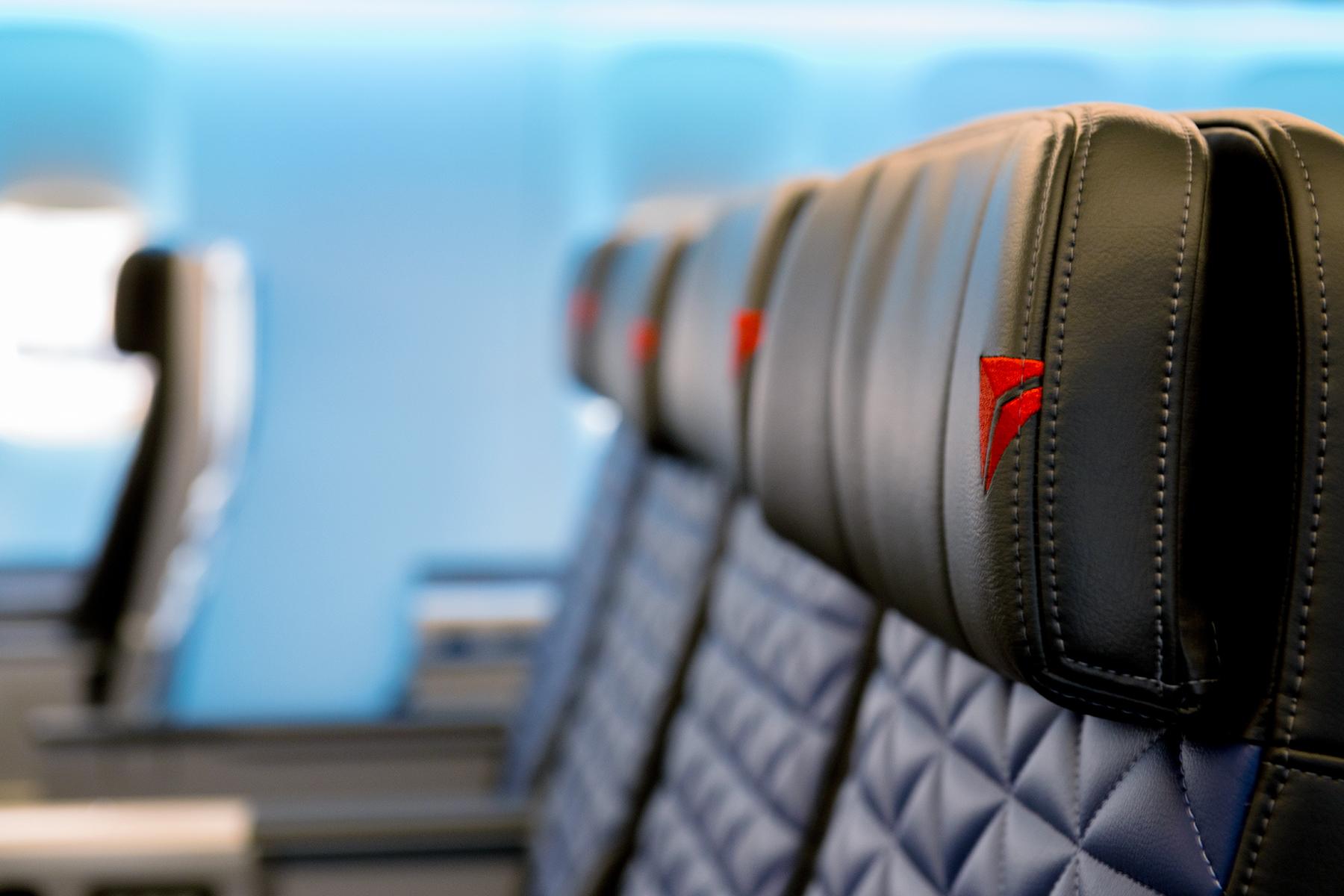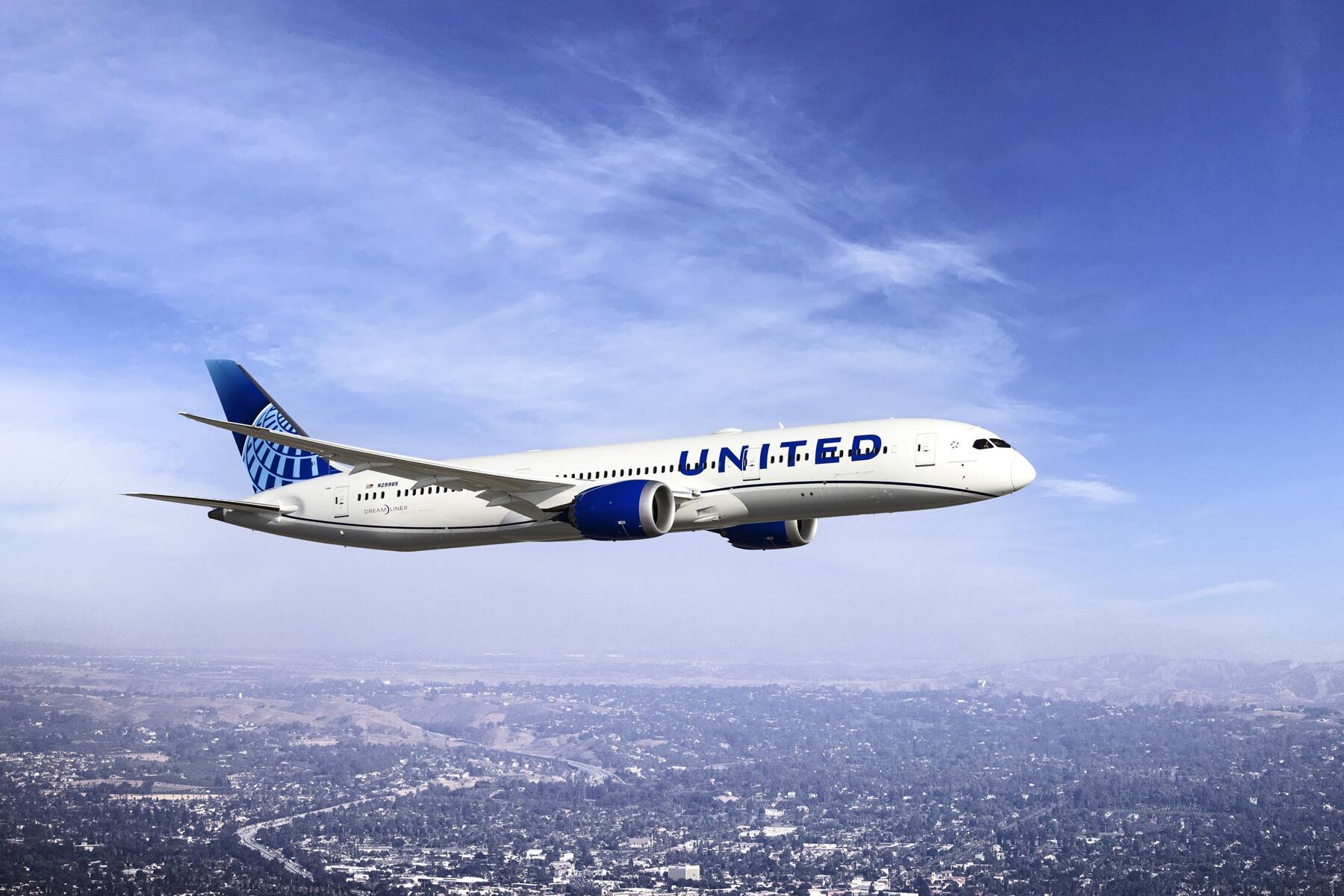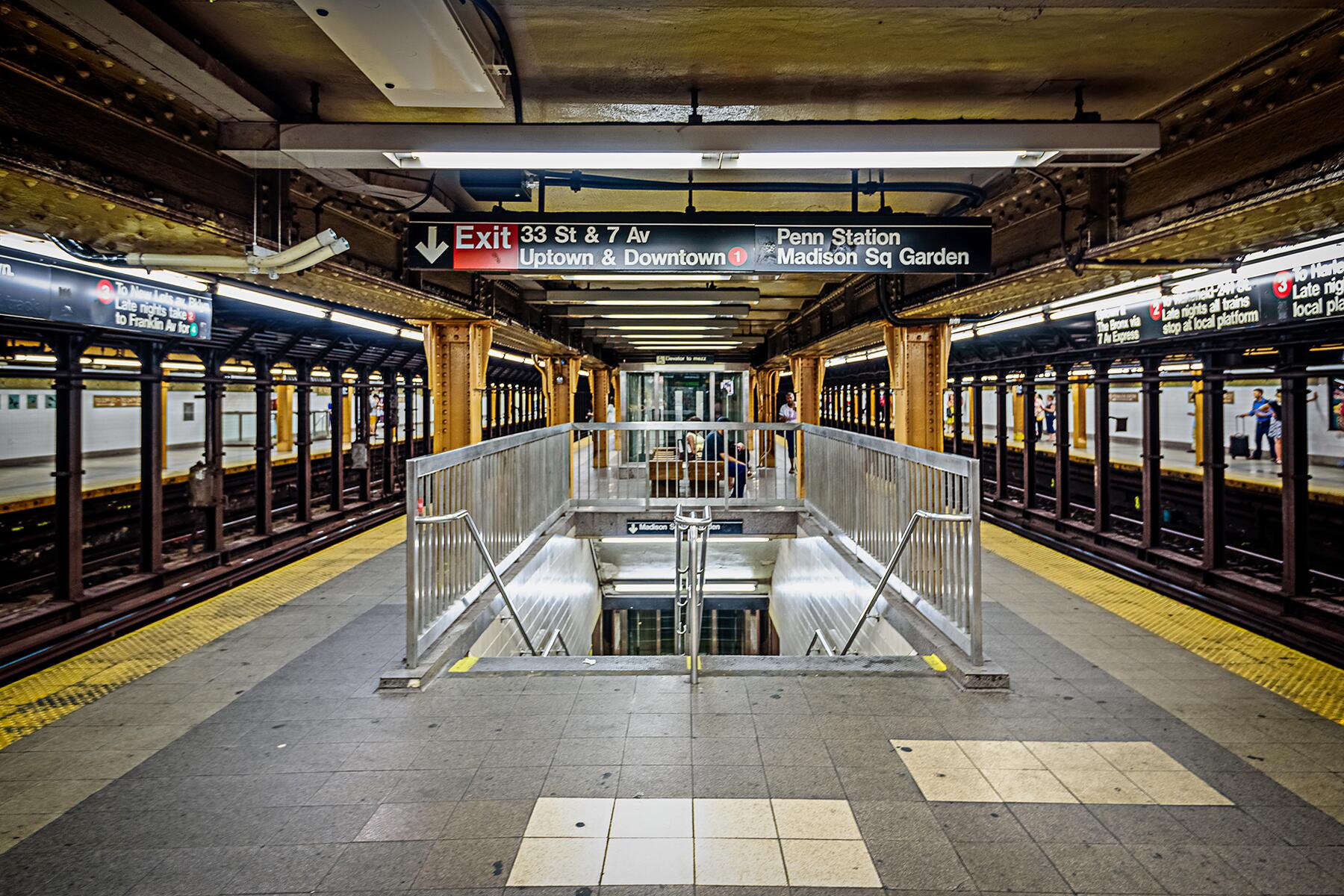We promise that navigating NYC’s subway system is not as daunting as it seems.
The public transit system is a faster, more cost-effective method of sightseeing your way through New York City. Here’s everything you need to know before your trip to the Big Apple, from fare costs to common mistakes you can easily avoid.
Related: The Best Things to Do in New York City
How Much Do the Subway and Bus Cost?
Subway and bus fares are $2.75 per ride. On the subway, you can transfer an unlimited number of times where subway lines intersect. When taking the bus, you’ll get an additional bus or subway transfer within a two-hour period. You can enter the subway or ride the bus via MetroCard or contactless debit or credit card. Reduced fares are available for senior citizens and people with disabilities, plus children under 44 inches ride for free with a paying adult.
Contactless Payment vs. Buying a MetroCard
Subways and public buses implemented a new payment system in 2019. If you have a contactless debit or credit card, you can “tap” your way through a turnstile without purchasing a MetroCard. This method is faster, and most major credit cards are accepted. You can also use the digital wallet on your smartphone.
Don’t discredit MetroCards, though. Metrocards are plastic cards with a magnetic strip that have to be manually swiped through turnstiles. These need to be purchased at a MetroCard ticket machine, which you’ll find in most subway stations. These machines take cash, coins, and credit card, and the distribution of a new MetroCard costs $1. Thankfully, you can bypass that $1 charge by refilling the same MetroCard with new funds. You can also purchase a MetroCard at some stores, which will have an “Authorized Sales Agent” sign.
Top Picks for You
Recommended Fodor’s Video
There are special discounts that can only be unlocked via MetroCard. You can purchase a 7-day pass that costs $33 and ride an unlimited number of times on subways and local, limited, and Select Bus Services. There is also a 30-day unlimited pass that costs $127. Currently, there are no per-day unlimited passes available.
If you plan on using public transportation multiple times a day, we recommend purchasing a MetroCard as it’s more cost-effective in the long run.
Navigating New York’s Public Transportation System
Navigating New York City public transit is surprisingly easy, we promise — and that’s because we have computers in our pockets that make getting from point A to point B far less complex. Google Maps is an excellent resource for finding the fastest routes. Simply plug in your current location and the app will outline which subway lines to take, give a loose time frame as to when the next train will arrive, and a dropdown menu that reveals each stop you’ll be passing (an excellent way to make sure you’re on the right track, pun intended).
You can also download the MYmta app or check out subwaytime.mta.info for real-time updates on train arrivals in individual stations. Subway stations have Wi-Fi, should you need to look up your route. Another great app? New Yorkers love Transit, which pulls up real-time information on the nearest subway station and how long until the next train.
Riding the Subway
The subway system operates 24 hours a day and spans a total of 850 miles, with nearly 500 stations covering Manhattan, Queens, Brooklyn, and the Bronx. Most subway entrances are located on street corners, marked by solid green poles with green globes affixed to the top, and large overhead signs that indicate the station name and specific subway lines housed within it. In short, you really can’t miss a subway station entrance.
The subway is especially busy during rush hour (7:00 to 9:30 a.m. and 4:00 to 7:00 p.m.) and being elbow-to-elbow with strangers is not unusual. It’s far less crowded and more comfortable outside of these hours. Trains are usually air-conditioned and well-lit, though delays are common due to the subway operating on an open-24-hours cycle, making consistent track maintenance difficult.
Related: The Best Manhattan Neighborhoods to Visit
Common Mistake #1: Confusing Uptown and Downtown Lines
It’s surprisingly easy to take the right train in the wrong direction. Be sure to pay attention to signs that indicate whether a train is traveling uptown or downtown. This information is made clear in subway stations via overhead signs. Confused about what constitutes uptown vs. downtown? Uptown numbers are higher and downtown numbers are lower. If you’re at the 57th Street Columbus Circle station and are traveling to 42nd Street Times Square, you’re going downtown. If you’re traveling to the 81 Street— Museum of Natural History Station, you’re traveling uptown.
Common Mistake #2: Not Realizing That Uptown and Downtown Lines May Have Separate Entrances
Large subway stations, like the one on Fifth Avenue, have a communal design allowing access to uptown and downtown lines through any entrance. Smaller stations have separate entrances, so be sure to look at the overhead sign indicating whether that station holds train lines going in the uptown or downtown direction.
Public Transportation vs. Cabs and Ride-Sharing Services
NYC’s public transportation system remains open for 24 hours—consider this an extension of “the city that never sleeps” motto. Trains do run less frequently and on a more limited schedule during early morning hours. If you’re going out for drinks, it’s best to hail a yellow cab or order an Uber to avoid long wait times. Plus, traffic in all five boroughs calms down immensely past noon.
During the day, rely on subways. You’ll avoid being stuck in traffic as well as pocket the money you’d otherwise be spending on an expensive taxi or rideshare. Public buses can be an excellent option, too. You may sit in traffic but will sightsee as you go, plus you’ll be paying the $2.75 fare as opposed to a, say, $35 cab ride.
A caveat: New York is a walking city, and we strongly encourage you to see it by foot whenever possible. It’s not always as quick, but it’s an excellent way to explore the nooks and crannies (tiny boutiques, hole-in-the-wall bars, interesting street art, charming restaurants) that make the Big Apple special.
Related: The Best Restaurants in New York City
Weekend Schedules, Express Services, and Track Maintenance
Although service is 24 hours, certain lines may be delayed or suspended over the weekend or overnight due to track maintenance. Similarly, some lines run express on weekends and bypass local stops. Google Maps does not always relay this information (and will sometimes show that service is working as normal when it’s not), so we recommend downloading that MYmta app or Transit to plan weekend trips.
Accessibility
Public buses are equipped with wheelchair lifts and “kneelers” at the front to help patrons get on and off, with bus drivers providing assistance. Rail stations are actively working on accessibility but, as of right now, only a handful comply with the Americans with Disabilities Act (ADA). Thankfully, many of the subway stations that are accessible are major city hubs like Grand Central, Herald Square, and Times Square. Accessible stations are marked on subway and rail maps.
This article needs to be updated--the subway/bus is now $2.90 per ride. Express buses are $7 per ride. And some new "your 13th ride is free" scheme with the tap-to-pay.https://new.mta.info/fares" target="_blank" rel="noopener">https://new.mta.info/fares The NYC ferry (there are different ferry services with different prices) is now $4.00 per ride or $27.50 if you buy 10 rides in advance (on the app). And that, my friends, is one of the many reasons why I'm leaving NYC--it's getting waaay to expensive to live here. You either have to be rich or willing to have a roommate (or several)!





A bit more on the Uptown vs Downtown as mentioned in the "Common Mistake #1" from above.
The directions actually depict north and south as it relates to Manhattan. For example: if you are in Manhattan and want to go to Brooklyn, you'd be going downtown (southbound). The only slightly confusing one is the L (14th St) line which goes east to west. There it is better to say 8th Av-bound (westward to the last stop in Manhattan) or Canarise-bound (eastward towards the last stop in Brooklyn).
In regard to Accessiblilty it is best to periodically check to MTA website to see if elevators/escaltors in accessible stations are up and runnong (these are mechanical devices and can breakdown from time to time) https://new.mta.info/accessibility